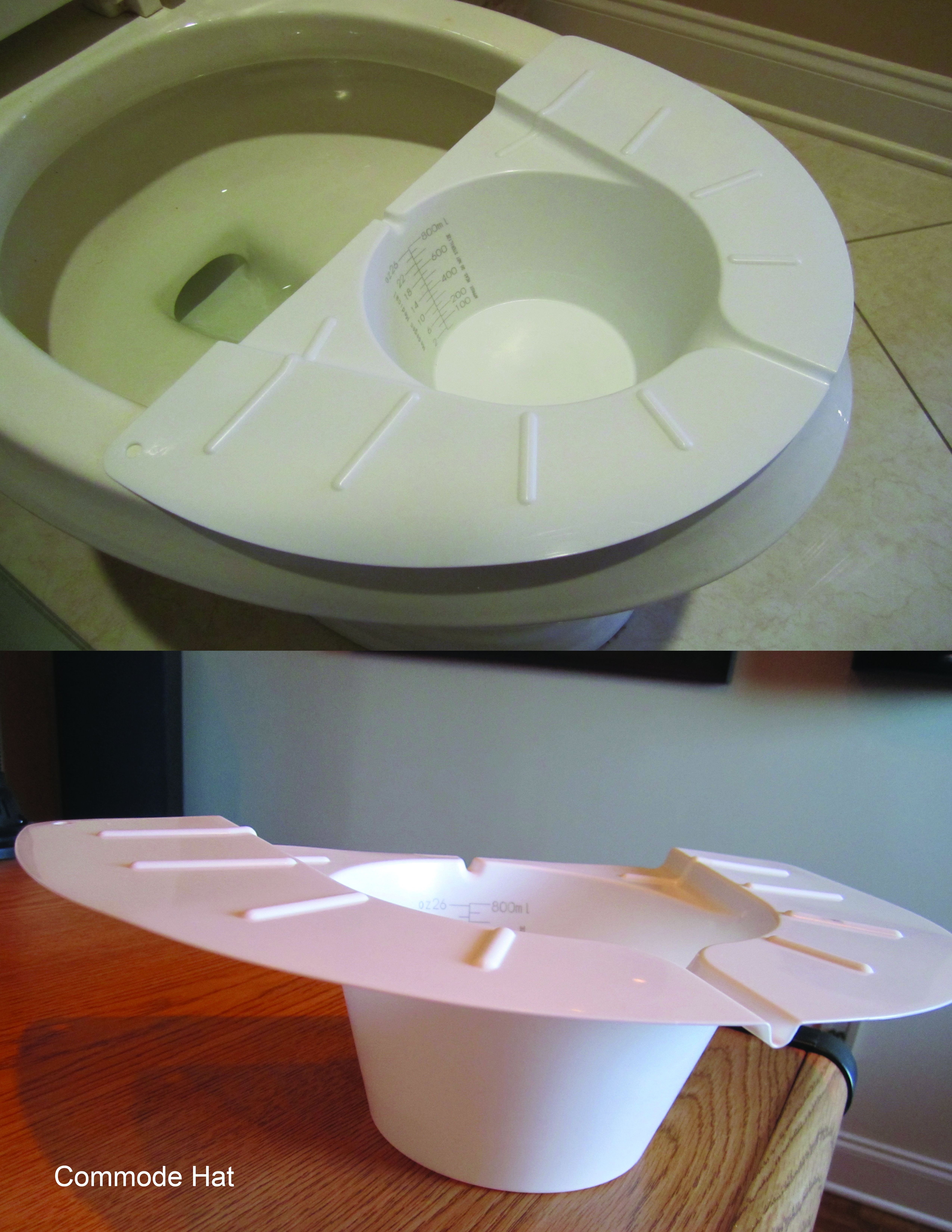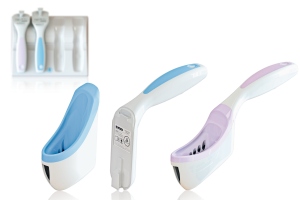Until now, taking accurate bladder function measurements was both a labour-intensive and notoriously inaccurate process. It involved patients voiding (passing urine) into a large top hat-like plastic bucket (called a ‘commode hat’) and keeping manual logs of volume, time, and frequency. A compact and portable battery-powered handheld device promises to revolutionise the sector.
Nordic Semiconductor has now announced that U.S. medical device start-up, ClearTrac Technologies, could be set to revolutionise the urology medical sector with the launch of the world’s first totally automatic, bladder function medical measurement device that allows patients to measure their voiding (passing urine) patterns from anywhere by employing a Nordic multi-mode LTE-M/NB-IoT nRF9160 System-in-Package (SiP).
In operation, the CarePath is used in a similar way to a pregnancy test whenever a patients uses a toilet to void. However, using patented technology, the CarePath remains in a deep-sleep state until a capacitive sensing grip in its handle and an accelerometer detect it’s being correctly used. It then makes high accuracy measurements automatically and collected data is sent directly to the cloud via encrypted cellular IoT. The whole process is totally automatic from the patient’s perspective. This includes a one-month (rechargeable on return) battery life in the field.
“Voiding measurements are to a bladder dysfunction doctor what blood sugar measurements are to a doctor treating a patient with diabetes,” explains ClearTrac Technologies’ CEO, Dr. Brent Laing. “But until now, every time I sent 10 patients home to keep a voiding diary with a manual plastic commode the typical experience would be only three would return. And of those three one would be filling in an invented diary in the waiting room, one will have completed a diary but done it incorrectly, and just one of the original ten would have successfully completed the task.”
Dr. Laing says his experience was all too common and like many doctors believed his frustrations with inaccurate voiding diaries and unproductive patient visits would lead someone some day to invent a much more convenient and accurate way to make and record bladder function measurements.
“But having now spent the past six years developing the CarePath I realised such a solution was a lot more complex to develop than I originally anticipated,” continues Laing. “Mainly down to realising that unless the device was absolutely automatic, fool-proof, and ‘point and shoot’ effortless to use, patients wouldn’t use it or would use it incorrectly.
This included being accurate, battery-powered so not having to rely on patients to charge, and able to transmit data from anywhere with no pairing or network set-up hassle. Before the advent of low power cellular IoT wireless technology that utilises the world’s existing cellular infrastructure ‘out-of-the-box’, such a device was simply impossible.”

Laing says Covid-19 has also significantly increased interest in his device from hospitals that are now keen to minimise unnecessary patient contact as well as avoid having nurses tied-up doing labor-intensive manual medical measurements of any kind (hospitals commonly perform bladder measurements when taking patients off catheters, for example, or when prescribing diuretics that are used to treat a wide range of conditions).
At just 10 x 16 x 1mm in size, the Nordic nRF9160 SiP includes everything a cellular connection and IoT application needs beyond requiring just an external battery, SIM, and antenna. To achieve this ultra-high integration Nordic partnered with Qorvo to make a ‘System-in-Package’ (SiP) that more closely resembles an integrated chip than a module. The SiP includes a powerful application processor (Arm Cortex M-33), standard microcontroller peripherals, and enough chip-integrated memory to execute IoT applications with edge computing. Yet this is not achieved by sacrificing on-air performance: the nRF91 is capable of delivering class-leading output power (+23 dBm) and sensitivity.
“Before the advent of COVID-19 the technology for remote patient monitoring and what’s generally-termed ‘telemedicine’ was well advanced and steadily being introduced into the medical sector,” comments Geir Langeland, Nordic Semiconductor director of sales & marketing. “What COVID-19 has changed is the rate of adoption, such that what would have taken five or more years for hospitals to introduce is being introduced now.
And I don’t expect the medical industry to significantly reverse this transformation going forwards after Covid-19, especially for labor intensive or wired tests and monitoring that can now be done wirelessly and remotely while minimising unnecessary physical contact and thus infection risk.”
Comment on this article below or via Twitter: @IoTNow_OR @jcIoTnow










